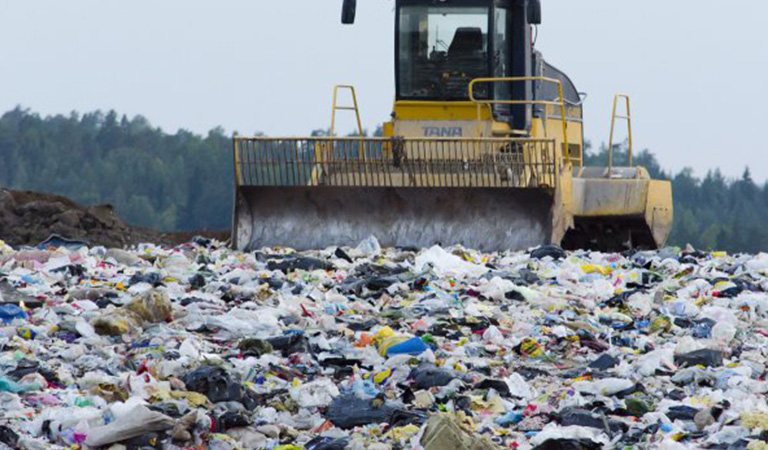An estimated 48 million tonnes of solid waste and 4,400 million cubic meters of liquid waste are generated every year in the urban areas of the country. As per the study of “National Master Plan for Development of Waste to Energy in India”, 17 (6%) cities have generation rate in excess of 1000 TPD, 80 (26%) cities generate between 150-1000 TPD and balance 202 (68%) cities generate less than 150 TPD.


The MSW ranges from 250 gm to 700 gm per day per person with an mswaverage of 490 gm per day per person. Municipal Solid Waste (MSW) includes waste from households, non-hazardous solid waste from Industrial, commercial and institutional establishments (excluding from bio-medical waste), market waste, yard waste, agricultural wastes and street sweepings.

By the year 2021, the urban population is expected to represent 41% of the overall population of India. A study conducted by the CPCB on MSW management in India showsmsw that waste generation is estimated to increase rapidly at present from 490 gm per person per day to 945 gm per person per day which would result in 300 million tonnes per year from 48 million tonnes per year by the year 2047.

To tackle the yearly 5% increase of waste in urban India, urban local bodies are investing around 35-50% of its available funds yearly, spending about Rs. 500-1500 per ton on solid waste management. In view of growing challenge, Central Government has incorporatedmsw solid waste management as one of the components in Jawaharlal Nehru National Urban Renewal Mission (JNNURM) for extending financial resources. Approximately, 62 cities are covered under this mission with total investment of US$20 billion in 7 years.

